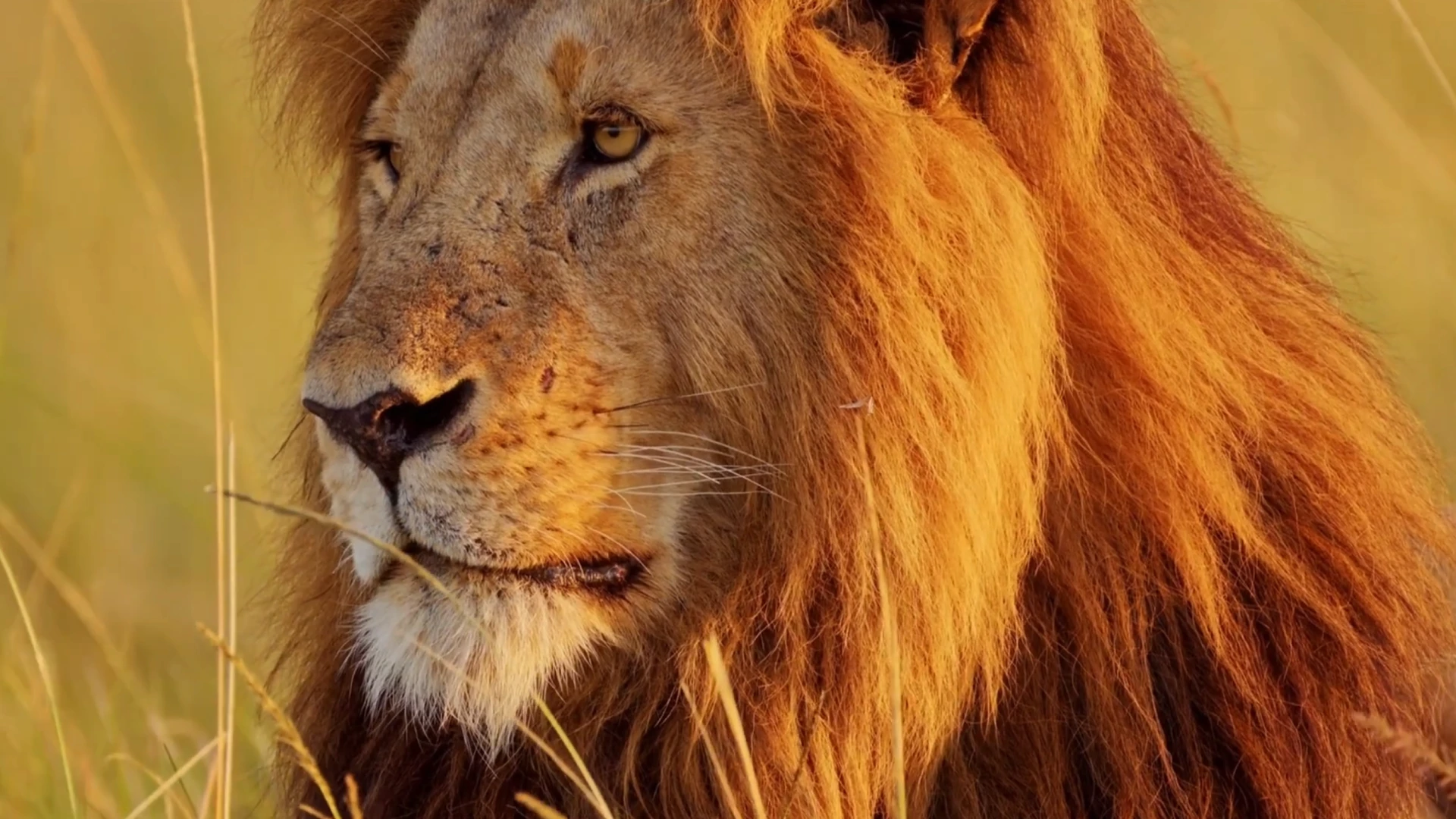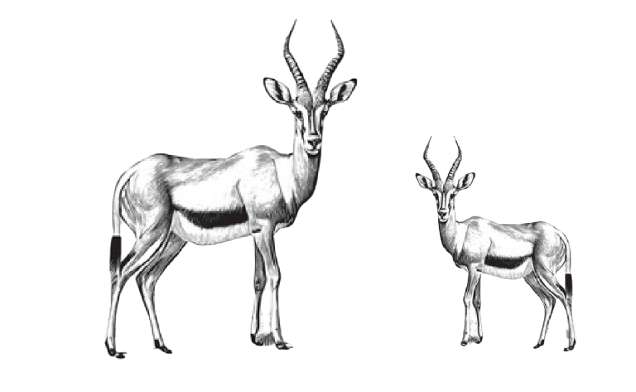6 Day Lemosho For Climbing Kilimanjaro To The Top
The Kilimanjaro Northern Circuit Route is the newest and longest route, approaching from the west and offering stunning 360-degree mountain views.
- Duration: 6 days
- Difficulty: Moderate to Chalenging
- Price Per Person: $ 1,719- $ 1,885
- Scenery: very Good
Overview: Kilimanjaro Lemosho Route Trekking
Your journey to the highest point in Africa begins as you land at Kilimanjaro International Airport (JRO), where you’ll be greeted by your friendly guide and transferred to your hotel in either Moshi or Arusha. After settling in, take time to relax and rest, knowing that your adventure is about to unfold. This evening, you’ll attend a comprehensive pre-trek briefing where your expert guide will explain everything about the trek ahead—sharing the daily itinerary, providing tips for staying healthy, and discussing the importance of acclimatization, gear, and safety. Once briefed, you can rest easy, knowing you’re prepared for the incredible challenge ahead
Trip Highlights
- Day 1: Mti Mkubwa Camp (Elevation: 1,800m to 2,750m)
- Day 2: Mti Mkubwa Camp to Shira 2 Camp (Elevation: 2,750m to 3,850m)
- Day 3: Shira 2 Camp to Barranco Camp (Elevation: 3,850m to 3,950m)
- Day 4: Barranco Camp to Barafu Camp (Elevation: 3,950m to 4,750m)
- Day 5: Barafu Camp to Summit (Uhuru Peak) to Mweka Camp (Elevation: 4,750m to 5,895m to 3,100m)
- Day 6: Mweka Camp to Mweka Gate (Elevation: 3,100m to 1,640m)
What is Included
- Airport transfers (pick-up and drop-off)
- National park fees and camping fees
- Rescue fees
- Oxygen cylinders and first aid kit
- All meals while on the mountain
- Cleaned, Purified and drinking water
- Kilimanjaro summit certificate
- VAT (18% charged by government)
- Quality mess tents with table and chair
- Professional and experienced mountain guides
- All necessary trekking gear such as tents, sleeping bags, etc.
- Large portions of fresh, healthy and nutritious food
- Quality, waterproof, four-season mountain sleeping tents (on twin sharing basis)
What is not Included
- International and Domestic flights
- Travel insurance
- Personal items and gear (such as Clothing, trekking boots etc.)
- Soft drinks, alcohol or additional snacks
- Accommodation before and after trekking
- Tips and gratitude (senior guide $25 per day from the whole group, Assistant guide $20 per day for whole group, cooks $15 per day for whole group and Porters $10 per day from whole group.
Day 0: Arrival in Tanzania – Pre-Trek Briefing
Your journey begins with your arrival at Kilimanjaro International Airport, followed by a short transfer to your comfortable hotel. Here, you’ll have the opportunity to rest and begin to acclimatize to the atmosphere of Tanzania. In the evening, your guide will host a pre-trek briefing where you’ll learn about the Lemosho route, trekking techniques, and the exciting adventure that lies ahead.
Kilimanjaro Trekking Gallery
Day 1: Lemosho Gate (2,100m) to Mti Mkubwa Camp (2,780m).
The adventure truly begins after an early breakfast, when you’ll drive to the Lemosho Gate, situated at an altitude of 2,100 meters. The drive is a scenic journey through the countryside and lush forests, giving you a glimpse of the beauty surrounding Kilimanjaro. Upon arrival, the group will register at the gate before embarking on the hike through the vibrant rainforest. The path winds through dense foliage, home to a variety of bird species and unique plant life. The lush environment is an immersive experience that truly kicks off your climb.
As you ascend, you’ll notice the climate change as you move from the lowland forest to a slightly higher, cooler region. This first day of hiking covers about 6 km (4 miles), taking approximately 3 to 4 hours to reach Mti Mkubwa Camp (2,780m). With a modest elevation gain of +680m, this section is designed to ease your body into the challenge, offering a gentle introduction to the trek. The rainforest habitat will envelop you in its cool, damp atmosphere, with the sounds of nature accompanying you to the campsite.
Trekking Features
- Elevation Gain: +680m
- Distance: 6 km (4 miles)
- Hiking Time: 3-4 hours
- Habitat: Rainforest
- Meal Plan: Lunch and Dinner
- Overnight stay in tents
Day 2: Shira 1 Camp (3,610m) to Shira 2 Camp (3,850m)
Day 2 offers another relatively short day, allowing your body to adapt further to the altitude while still advancing steadily toward the summit. After a good night’s rest, you’ll hike 6 km (3.7 miles) in about 4 to 5 hours toward Shira 2 Camp (3,850m). This segment of the trek is mostly flat, with the trail meandering across the Shira Plateau, providing you with mesmerizing views of the mountain and the surrounding wilderness. The volcanic landscape gives way to a more barren, rocky terrain that is characteristic of the alpine zone.
At +240m in elevation gain, the gradual increase is perfect for acclimatization. The camp is positioned in a beautiful location, surrounded by expansive views and panoramic vistas of the plateau. The cold night air will serve as a reminder that you’re nearing the summit, but with each passing day, you’ll grow stronger and more acclimatized to the altitude.
Trekking Features
- Elevation Gain: +240m
- Distance: 6 km (3.7 miles)
- Hiking Time: 4-5 hours
- Habitat: Moorland and Alpine Desert
- Meal Plan: Breakfast, Lunch and Dinner.
- Overnight stay in tents
Day 3: Shira 2 Camp (3,850m) to Barranco Camp (3,960m)
On Day 3, the trek becomes more challenging, as you ascend further into the highland terrain and traverse volcanic features like Lava Tower (4,630m). This day’s hike spans about 10 km (6 miles), with an estimated 6 to 7 hours of hiking. You will start by climbing to Lava Tower, where you’ll stop for acclimatization. This is a significant part of the trek, allowing your body to adjust to the higher altitude.
After Lava Tower, you’ll descend slightly to Barranco Camp (3,960m), a stunning site nestled at the base of the Barranco Wall, which you’ll tackle the next day. Despite the elevation gain of +110m, the altitude change will help your body continue acclimatizing while still advancing toward the summit. The terrain here is rocky and steep, and the alpine desert environment will feel more rugged and barren.
Trekking Features
- Elevation Gain: +110m
- Distance: 10 km (6 miles)
- Hiking Time: 6-7 hours
- Habitat: Alpine Desert
- Meal Plan: Breakfast, Lunch and Dinner.
- Overnight stay in tents
Day 4: Barranco Camp to Barafu Camp (Elevation: 3,950m to 4,750m)
Day 4 is a relatively short but intense day as we climb the famous Barranco Wall, which involves some scrambling and moderate rock climbing. Once you conquer the wall, the path continues with a steady ascent toward Barafu Camp. The route today passes through the alpine desert zone, offering panoramic views of the summit and the surrounding valleys. The day’s trek takes about 6-7 hours, covering a distance of 9 kilometers and gaining 800 meters in elevation. Barafu Camp, located at 4,750 meters, is the final base camp before the summit, where you will rest and prepare for your summit attempt. It’s essential to hydrate well and get as much rest as possible for the challenging day ahead.
Trekking Features
- Elevation Gain: 800 meters
- Distance: 9 km
- Trekking Time: 6-7 hours
- Habitat: Alpine Desert
- Meal Plan: Breakfast, Lunch and Dinner.
- Overnight stay in tents
Day 5: Barafu Camp to Summit (Uhuru Peak) to Mweka Camp (Elevation: 4,750m to 5,895m to 3,100m)
This is the most challenging and rewarding day of the trek. The day starts with a midnight departure from Barafu Camp, as we aim to reach the summit of Mount Kilimanjaro, Uhuru Peak (5,895 meters), by sunrise. The route is steep, and the hike can be physically demanding due to the high altitude and cold temperatures. However, the sense of accomplishment upon reaching the summit is unparalleled. Once at the top, you’ll have time to take in the stunning views and celebrate your achievement before beginning the descent.
After summiting, we make our way down to Mweka Camp, located at 3,100 meters. This descent takes about 7-8 hours and covers a distance of approximately 13 kilometers. The descent passes through the moorland and rainforest zones, offering a refreshing change of scenery and a rewarding end to your journey. Mweka Camp is a welcome site after such a strenuous day.
Trekking Features
- Elevation Gain: 1,145 meters ascent, 2,795 meters descent
- Distance: 13 km
- Trekking Time: 12-14 hours
- Habitat: Arctic and alpine desert zones
- Meal Plan: Breakfast, Lunch and Dinner.
- Overnight stay in tents
Day 6: Mweka Camp to Mweka Gate (Elevation: 3,100m to 1,640m)
On the final day of the trek, you’ll descend from Mweka Camp to Mweka Gate. This part of the trek takes about 3-4 hours, covering a distance of 10 kilometers. The descent through the rainforest is relatively easy, offering trekkers the chance to reflect on their incredible journey while soaking in the lush surroundings. Upon arrival at the Mweka Gate, you’ll be greeted by our vehicle, which will drive you back to your hotel in Arusha or Moshi for a well-deserved rest.
Trekking Features
- Elevation Loss: 1,460 meters
- Distance: 10 km
- Trekking Time: 3-4 hours
- Habitat: Rainforest
- Meal Plan: Breakfast, Lunch and Dinner.
- Overnight stay in tents
Price Per Person
SEASON & DATES
2 pax
4 pax
6 pax
PRICE
Per Person
$1,885 USD*
$1,748 USD*
$1,719 USD*
Payment Methods
Choose a secure payment option for your bookings. We accept all major cards and charge a 3.5% processing fee.

Credit & Debit Cards
Visa, MasterCard, American Express accepted.

Secure Payments
Your transaction is safe and encrypted.

Processing Fee
A 3.5% charge is applied for card transactions.
Need help with your payment? Contact us at info@hoofsandhornsadventures.com
With high rate of 5-star review that rated with some of our travelers in our TripAdvisor and google platforms it gives us confident to inspire and persuade to make a trip in Tanzania with us, and you should visit both site and to see what others travelers Sayed about us.

Where to Stay in Tanzania Safaris
When planning a Tanzanian safari, selecting the perfect accommodation ensures an unforgettable experience. Choose from luxury lodges, tented camps, and eco-friendly retreats, each offering unique comfort and proximity to nature, wildlife, and stunning landscapes. Tailor your stay to match your preferences, creating lasting memories amid Tanzania’s breathtaking beauty and adventure-filled settings.
Get Inspired For Your Tanzinia Adventure
Tanzania offers diverse travel styles, including luxurious safaris, bird-watching adventures, and solo explorations. Witness the Great Migration, enjoy family-friendly trips, or celebrate honeymoons in stunning settings. Capture breathtaking moments on photographic tours, experience hot-air balloon safaris, and immerse yourself in rich cultural tours. Tanzania promises unforgettable adventures for every traveler’s unique preferences.

